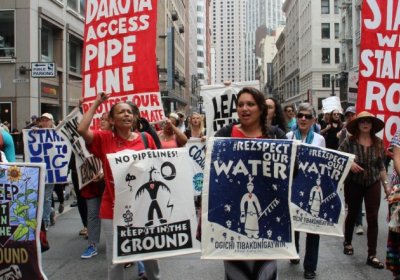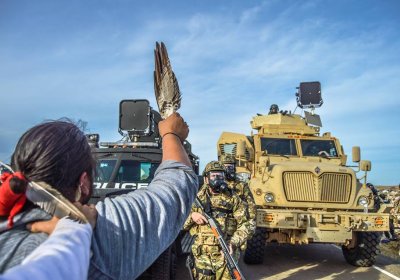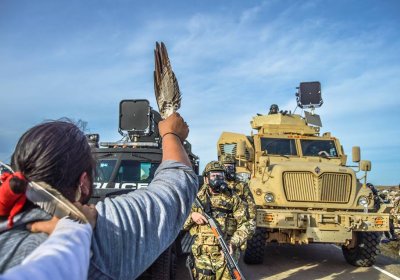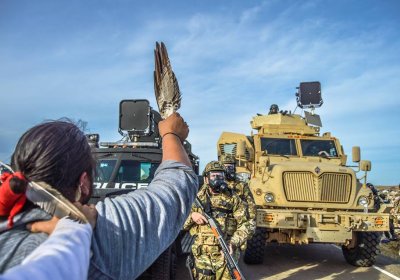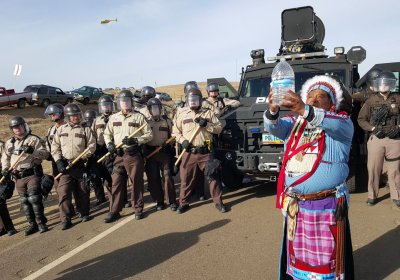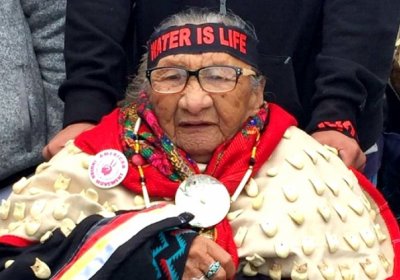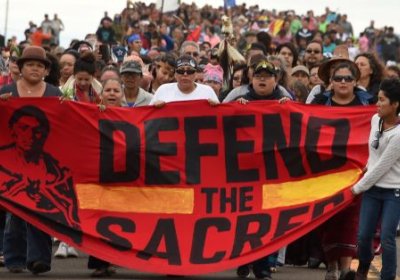After months of fierce opposition from Native Americans and environmentalists, the controversial Dakota Access pipeline (DAPL) is finally carrying oil under Lake Oahe in North and South Dakota, as preparations are made to bring the project into full service.
Owned by Energy Transfer Partners, the 1886 kilometre-long pipeline threatens water supplies and sacred sites on the Standing Rock Indian Reservation, and violates multiple treaties signed with First Nations tribes.

